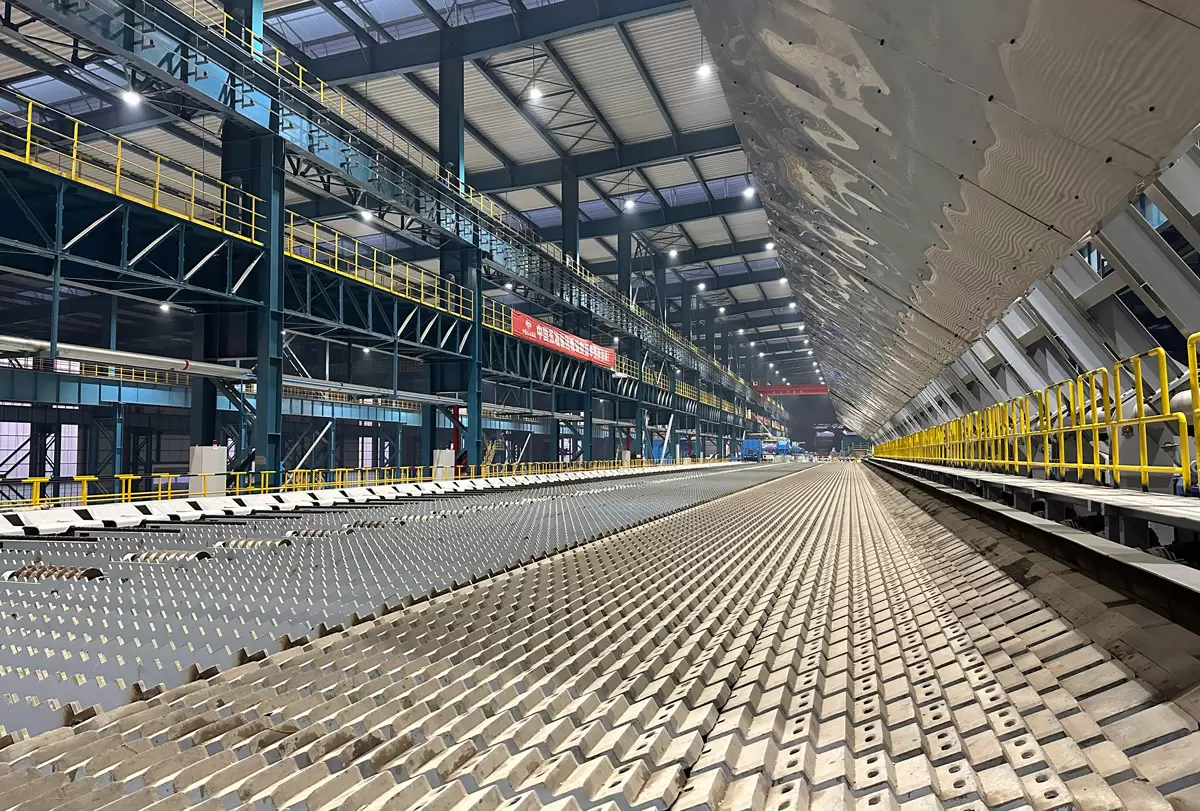Laying blocks is a fundamental process in construction, requiring precision and expertise. To achieve a sturdy and durable structure, it is crucial to understand the optimal mix for laying blocks. In this blog post, we will delve into the intricacies of block laying, exploring the ideal composition, materials, and techniques to ensure a successful construction project.
- Understanding the Importance of the Mix:
The mix for laying blocks refers to the combination of materials used to create mortar or concrete. It plays a pivotal role in determining the strength, stability, and longevity of the structure. A well-balanced mix ensures proper adhesion, reduces shrinkage, and enhances overall structural integrity. - Key Components of the Mix:
a) Cement: The binding agent in the mix, cement provides strength and cohesion to the blocks. Portland cement is commonly used due to its excellent binding properties.
b) Fine Aggregate: Fine sand is an essential component that fills the gaps between the blocks, enhancing stability and preventing water penetration.
c) Coarse Aggregate: Coarse aggregates, such as gravel or crushed stone, add strength and bulk to the mix, improving load-bearing capacity.
d) Water: Water activates the cement, allowing it to harden and bind the materials together. The right water-to-cement ratio is crucial for achieving optimal strength. - Proportions and Mixing Techniques:
a) Proportions: The ideal mix proportions vary depending on the type of blocks, environmental conditions, and project requirements. Generally, a common mix ratio is 1 part cement, 3 parts sand, and 6 parts aggregates. However, it is essential to consult industry guidelines and consider factors like block density and mortar thickness for precise proportions.
b) Mixing Techniques: Achieving a homogeneous mix is vital for consistent results. Use a mechanical mixer or follow the recommended hand-mixing techniques to ensure even distribution of materials. Avoid excessive water, as it can weaken the mix and compromise the structure's integrity. - Enhancing the Mix for Specific Applications:
a) Reinforcement: For load-bearing walls or structures subjected to higher stress, incorporating steel reinforcement bars within the blockwork can significantly enhance strength and durability.
b) Additives: Depending on the project requirements, additives like plasticizers, air-entraining agents, or waterproofing agents can be included to improve workability, durability, and resistance to adverse conditions. - Best Practices for Block Laying:
a) Surface Preparation: Ensure that the block surfaces are clean, free from dust, and adequately moistened before applying the mortar mix. This promotes better adhesion and prevents premature drying.
b) Proper Bedding: Apply an even and consistent layer of mortar on the block's horizontal surface, ensuring full coverage. This ensures proper load distribution and minimizes the risk of cracking or uneven settlement.
c) Jointing: Maintain consistent joint thickness throughout the construction process. Properly tooled and finished joints enhance the structural integrity and aesthetics of the project.
d) Curing: Adequate curing is essential for the mix to gain strength gradually. Protect the laid blocks from excessive moisture loss by covering them with damp hessian or using curing compounds.
Conclusion:
The mix for laying blocks is a critical aspect of construction, directly influencing the strength and durability of the structure. By understanding the key components, proportions, and best practices, you can ensure a successful block laying process. Remember to consult industry guidelines, adapt the mix to specific project requirements, and prioritize quality in every step. With the right mix, your construction project will stand the test of time, providing a safe and reliable structure for years to come.



More Stories
Melamine Plywood vs Traditional Plywood: Key Differences You Should Know
5 Signs It's Time to Upgrade or Replace Your Storage Shelving Units
Why Every Home Should Have a Fireproof Blanket